Tarang Shakti: India’s Multilateral Air Force Exercise Set to Make History 2023

Tarang Shakti: India’s Multilateral Air Force Exercise Set to Make History 2023
Twelve nations will participate in the “Tarang Shakti” exercise, with six participating with aircraft and the other six acting as observers.
India, a rising power in the global arena, is poised to host a groundbreaking multilateral air force exercise called Tarang Shakti. The movement aims to strengthen military cooperation among participating nations, fostering deeper relationships and enhancing interoperability.
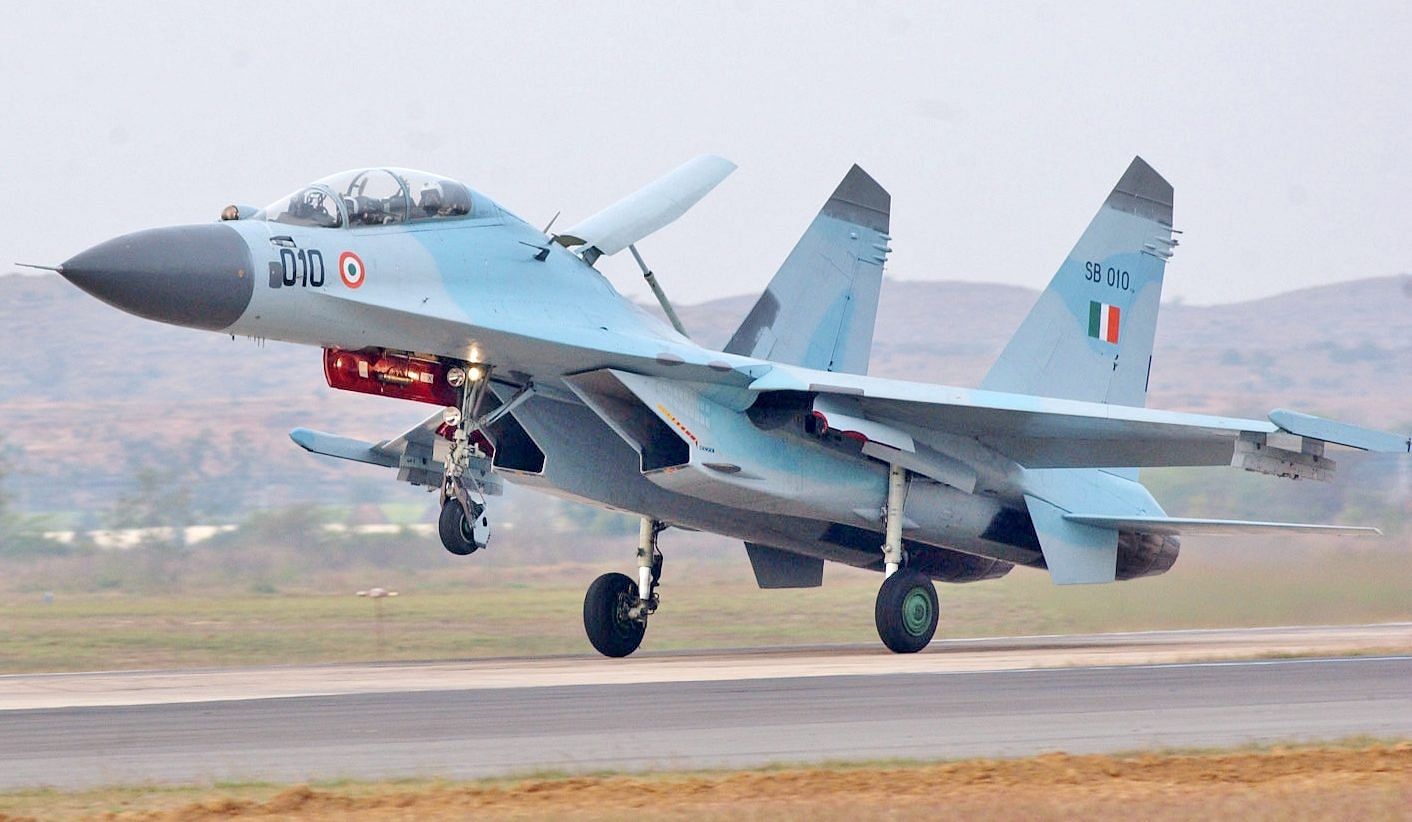
As the first-of-its-kind exercise of this magnitude hosted by India, Tarang Shakti marks a significant milestone in the country’s defence diplomacy.
The Indian Air Force (IAF), in a meaningful move for India’s military, might, and international alliances, is preparing to hold its first-ever multilateral air force exercise later this year. Twelve countries will participate in the movement, called “Tarang Shakti,” with six sending aircraft and the other six sending observers. This critical air exercise highlights the IAF’s expanding significance in global military cooperation and represents a historic moment for the IAF.
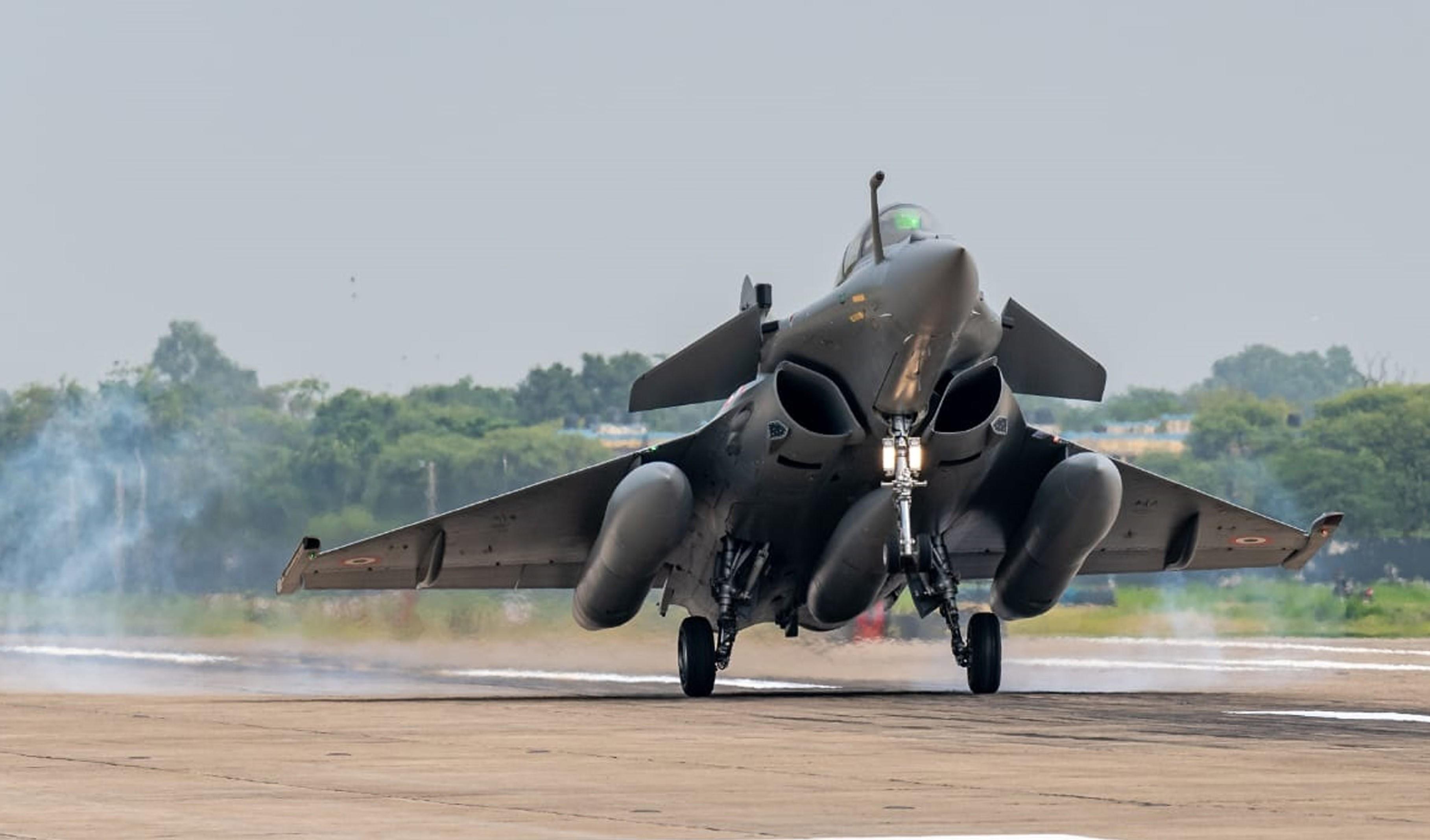
Tarang Shakti is a multilateral air force exercise scheduled to occur in India, involving air forces from several nations. The movement aims to provide a platform for exchanging knowledge, best practices, and operational techniques, thus enhancing interoperability among the participating parties. Tarang Shakti aims to promote peace, stability, and security in the region and beyond by fostering cooperation and coordination.
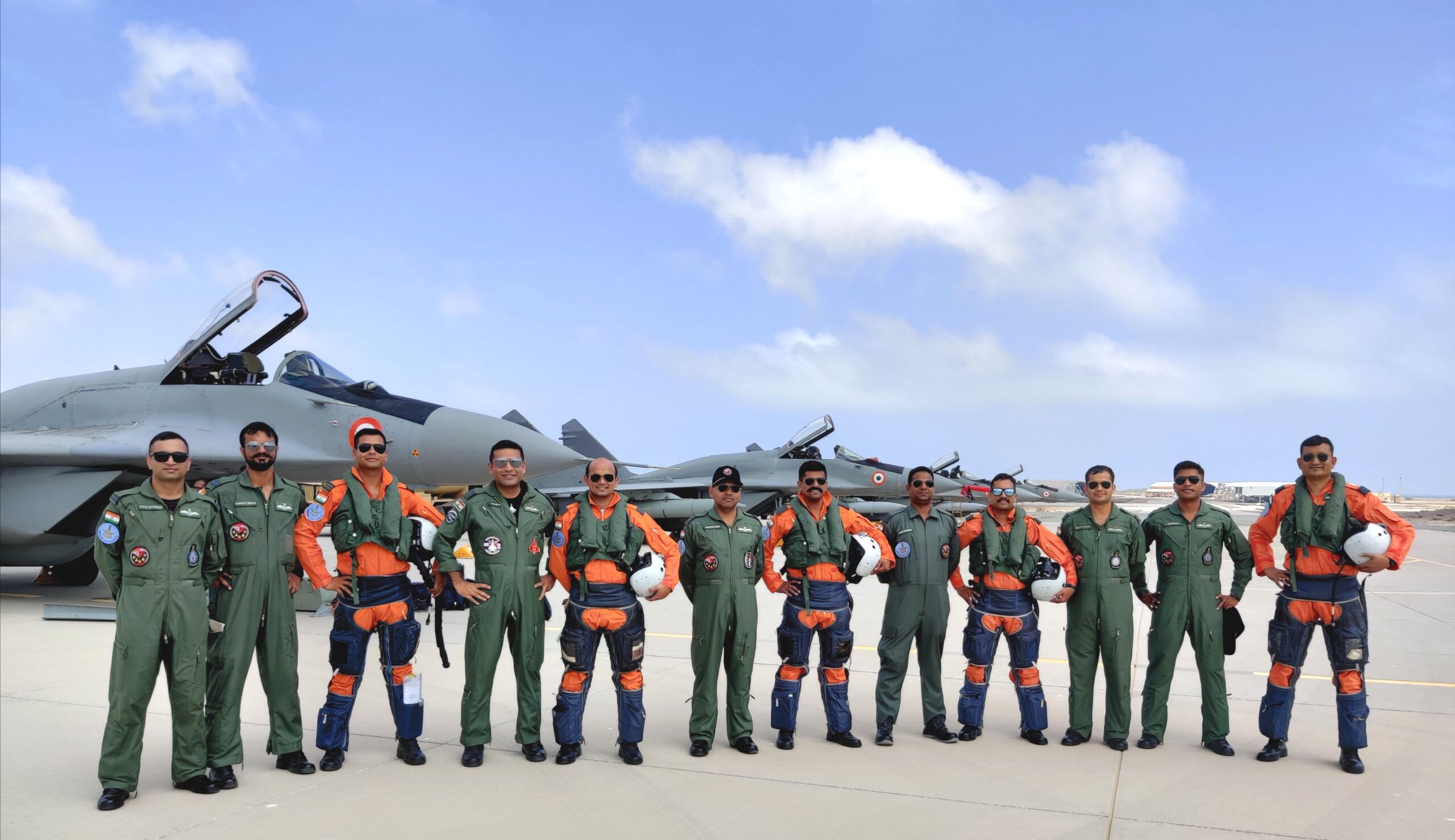
Objectives of Tarang Shakti:
- Strengthening Military Cooperation: Tarang Shakti seeks to strengthen military cooperation among participating nations by facilitating joint training exercises, knowledge sharing, and mutual understanding. The activity will serve as a platform to build trust, enhance interoperability, and develop a shared perspective on regional security challenges.
- Enhancing Operational Capabilities: Through Tarang Shakti, participating air forces can showcase and enhance their operational capabilities. The exercise will involve various tactical exercises, including air combat manoeuvres, aerial refuelling, search and rescue operations, and joint missions. Such activities enable forces to learn from each other’s experiences, improve their skill sets, and better understand different operational environments.
- Promoting Peace and Stability: Tarang Shakti underscores the commitment of participating nations to promote peace, stability, and security in the region. By engaging in joint exercises, the participating air forces aim to effectively demonstrate their collective resolve to address common security challenges. This exercise is a strong signal of unity and cooperation against emerging threats like terrorism, piracy, and natural disasters.
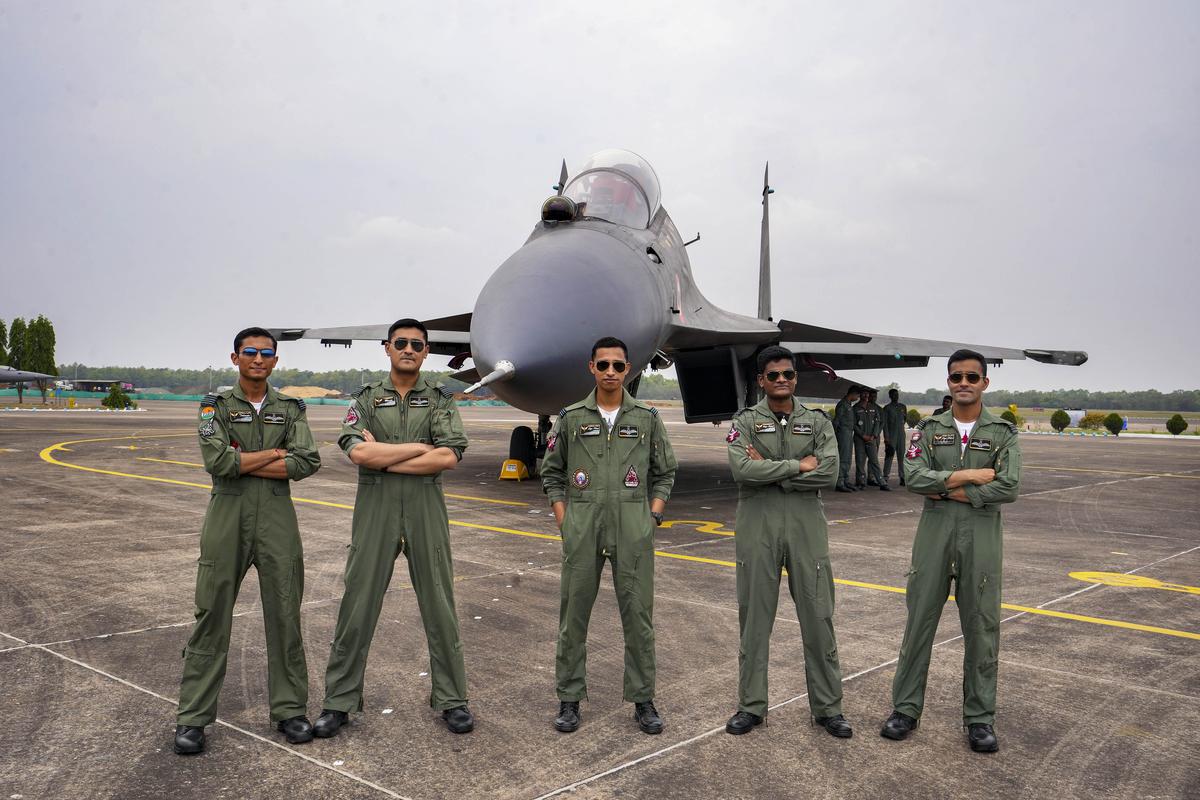
Implications for Global Military Cooperation:
- Regional Security: Tarang Shakti sends a powerful message that participating nations are committed to maintaining regional security and stability. The exercise allows air forces to understand each other’s capabilities and challenges, facilitating collaboration in addressing common security threats. This increased cooperation can positively impact regional stability and deterrence against potential adversaries.
- Interoperability: The exercise promotes interoperability among participating air forces, crucial for effective joint operations. By sharing operational doctrines, communication protocols, and tactical procedures, Tarang Shakti facilitates the seamless integration of forces during future joint operations. This interoperability enhances military effectiveness and builds trust and understanding among participating nations.
- Diplomatic Relations: Hosting Tarang Shakti gives India a unique opportunity to strengthen its diplomatic relations with participating nations. The exercise fosters bilateral and multilateral engagements, enabling countries to deepen their ties through military cooperation. Stronger diplomatic relations can open avenues for future collaborations in diverse fields, including defence technology transfers, intelligence sharing, and joint research and development projects.
- Soft Power Projection: Hosting a multilateral air force exercise of this scale elevates India’s international standing and enhances its soft power projection. Tarang Shakti showcases India’s capabilities, professionalism, and commitment to regional security, reinforcing its position as a reliable and responsible global actor. This can attract potential partners for future collaborations and contribute to India’s influence in shaping regional and international security architectures.

Although the nations taking part have not yet been formally announced, sources in the defence and security establishment have said that the Quad nations—the United States, Japan, Australia, and others sending their aircraft for this historical exercise, including France and the United Kingdom. “Tarang Shakti,” scheduled to take place in the Rajasthan area, seeks to improve coordination, interoperability, and integration among the participating air forces while sending a clear warning to potential regional rivals.
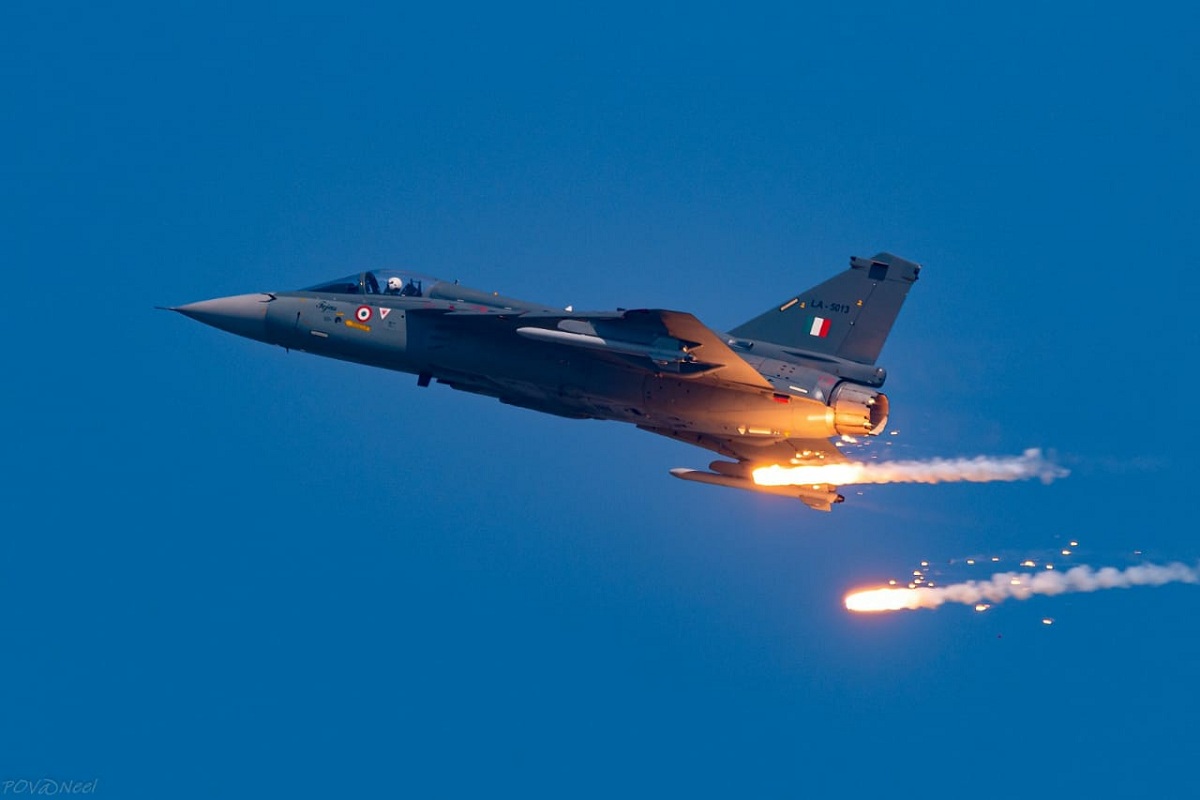
Tarang Shakti, India’s historic multilateral air force exercise, significantly strengthens global military cooperation. Tarang Shakti promotes trust, interoperability, and collaboration among participating air forces through joint training exercises and knowledge sharing. The exercise demonstrates India’s commitment to regional stability while providing a platform to build diplomatic relations and enhance soft power projection. As Tarang Shakti unfolds, it sets the stage for future collaborative efforts, contributing to a safer and more secure world.




